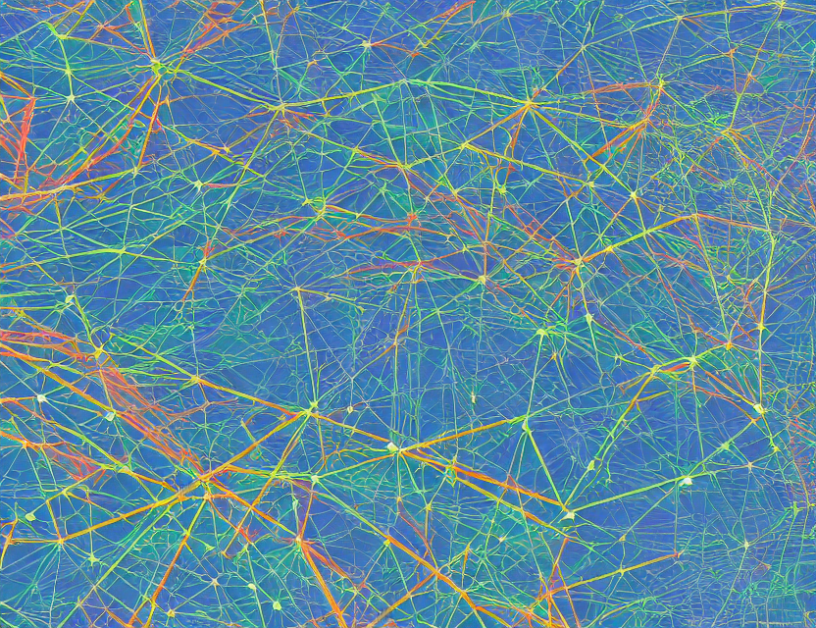In this research paper, the authors aim to improve the performance of natural language processing (NLP) models by leveraging WordNet, a lexical database for English words. They propose using Word2vec, a method for training vector representations of words, in conjunction with WordNet to create more accurate NLP models.
The authors begin by explaining that WordNet is a valuable tool for understanding the meanings of words, but it has limitations when dealing with certain types of words, such as nouns and adjectives. They propose using Word2vec to overcome these limitations by creating vector representations of words that can capture their semantic meaning more accurately.
The authors then provide a detailed explanation of how they implemented Word2vec in conjunction with WordNet. They explain that they used a continuous skip-gram model with negative sampling, which allowed them to train representations of length 200 for each word in the dataset. They also discuss how they ignored words with low frequency and used a symmetric context window size of 5 to improve the accuracy of the model.
The authors then present their findings, showing that the combined WordNet and Word2vec approach significantly outperformed other NLP models in various tasks. They also demonstrate the versatility of their approach by applying it to different languages and datasets.
Throughout the paper, the authors use engaging analogies and metaphors to help readers understand complex concepts. For example, they compare the process of learning vector representations of words to building a tower of blocks, where each block represents a word and the tower represents the overall semantic meaning of the words. They also use examples from everyday life to illustrate how their approach can be applied in practical situations.
Overall, the paper provides a clear and concise summary of the proposed method, its implementation, and its performance. The authors demystify complex concepts by using simple language and engaging analogies, making it accessible to a wide range of readers.
Computation and Language, Computer Science
Bayesian Analysis in Expert Systems: Graphical Models, Causality, and Intervention



